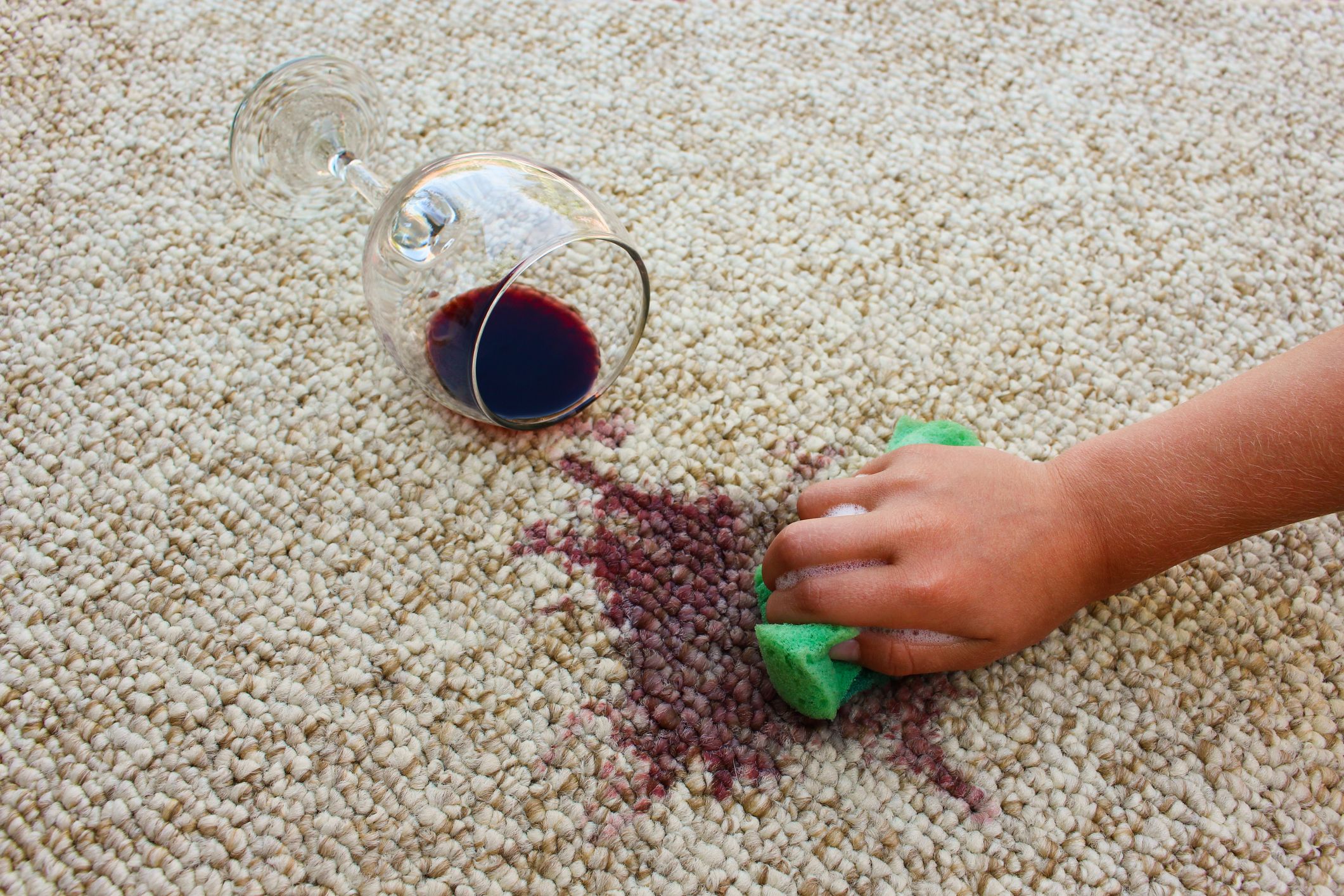Removing adhesive from carpets can be a tricky task, especially if you’re dealing with stubborn residues that seem to resist all efforts. Whether it’s from a sticker, tape, or a recent home renovation project, knowing how to remove adhesive from carpet is crucial for maintaining the aesthetic and longevity of your flooring. In this guide, we will explore various methods and tips to help you tackle this common household issue.

Understanding the Challenge of Adhesive Removal
Adhesives are designed to stick, and that’s what makes them so difficult to remove. Their chemical composition allows them to bond tightly to surfaces, including carpet fibers. This means that removing them often requires patience and the right techniques.
Why Adhesive Removal is Important
Leaving adhesive on your carpet can lead to dirt accumulation and potential damage over time. Moreover, it can be unsightly and may affect the overall look of your home or business. Therefore, addressing this issue promptly is essential.
Preparation Before Removal
Before you begin the process of removing adhesive, it’s important to assemble the necessary tools and materials. These might include a scraper, cleaning solution, warm water, and a clean cloth. Also, ensure the area is well-ventilated to avoid any inhalation of fumes from cleaning agents.
Tools You Will Need
- Plastic scraper or spatula
- Cleaning solution or solvent
- Warm water
- Clean cloth or sponge
- Vacuum cleaner
Testing Your Cleaning Solution
Always test your cleaning solution on an inconspicuous area of the carpet first. This will help you ensure that the solution won’t cause discoloration or damage to your carpet fibers.
Step-by-Step Guide to Remove Adhesive
Step 1: Scrape Off Excess Adhesive
Using a plastic scraper or spatula, gently scrape off as much of the adhesive as possible. Be careful not to damage the carpet fibers during this process.
Step 2: Apply a Suitable Cleaning Solution
Apply a small amount of cleaning solution or solvent to the adhesive stain. Let it sit for a few minutes to break down the adhesive. If you’re unsure which solution to use, you can refer to this guide on stain solutions.
Step 3: Blot the Area
Use a clean cloth or sponge to blot the area, lifting the adhesive off the carpet fibers. Continue blotting until the adhesive is removed. Avoid rubbing as this can push the adhesive deeper into the carpet.
Step 4: Rinse and Dry
Rinse the area with warm water to remove any remaining cleaning solution. Use a dry cloth to absorb excess moisture and allow the carpet to air dry completely.
Alternative Methods for Adhesive Removal
Using Ice to Harden Adhesive
Place a bag of ice over the adhesive to harden it. Once hardened, the adhesive can often be chipped away with a scraper. This method is particularly effective for thicker adhesives.
Using Heat for Stubborn Adhesives
For some adhesives, applying heat can help soften them for easier removal. Use a hairdryer to warm the adhesive, then scrape away with a spatula.
Preventing Future Adhesive Issues
To avoid future adhesive problems, consider using area rugs or mats in high-traffic areas. Additionally, be cautious when using tape or sticky products on carpets.
When to Call a Professional
If the adhesive is proving too difficult to remove, or if you’re concerned about damaging your carpet, it might be time to call in a professional carpet cleaner. They have specialized tools and solutions to handle tough stains. For more tips on cleaning carpets, check out this guide on old carpet stains.

FAQs
Can vinegar remove adhesive from carpet?
Yes, vinegar can be an effective natural solution for removing adhesive. Mix equal parts of vinegar and water, apply to the stain, and blot with a cloth.
What if the adhesive won’t come off?
If the adhesive is particularly stubborn, it may be best to consult a professional carpet cleaner to avoid damage.
Is it safe to use solvents on all carpets?
Not all carpets can handle strong solvents. Always test on a small area first to ensure it won’t cause damage.
For more tips and guides on maintaining your carpets, visit using hydrogen peroxide for mold.
This article contains affiliate links. We may earn a commission at no extra cost to you.


